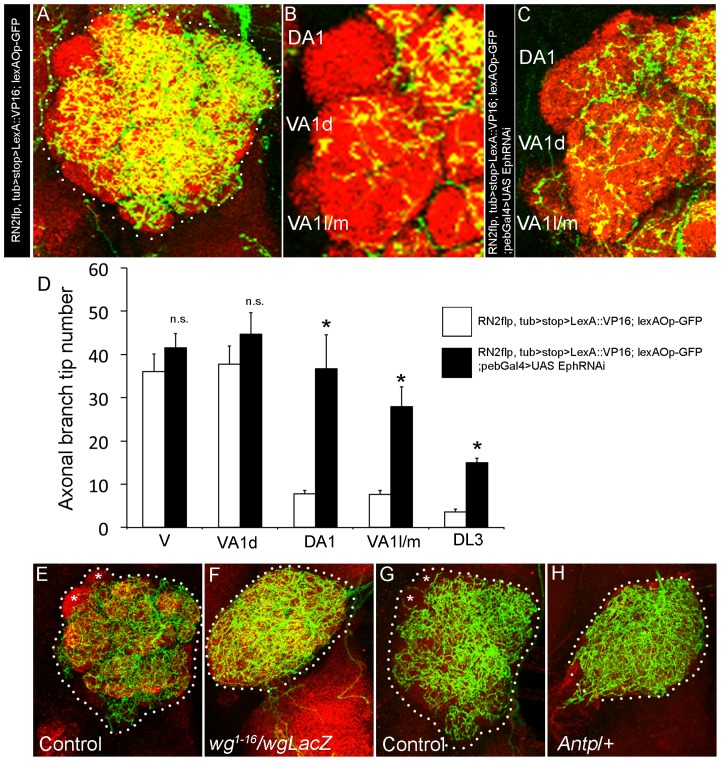Figure 3. Olfactory sensory neuron-derived Eph controls glomerular-specific arborization pattern of the CSDn.
(A) The CSDn is labeled in control (RN2flp, tub>STOP>LexA::VP16, lexAOpCD2GFP) animals (B) which shows distinct glomerular-specific arborization pattern. (C) RNAi-mediated knockdown of Eph in sensory neurons (RN2flp, tub>STOP>LexA::VP16, lexAOpCD2GFP; Pebbled-Gal4>UAS EphRNAi) leads to increased CSDn arborization in glomerulus DA1 and VA1l/m. (D) Histogram shows quantification of the axonal branch tip number of the CSDn in different glomeruli (n = 3). (E–H) Loss or transformation of antenna leads to uniform arborization of the CSDn in the AL. (E and G) In control animals, terminal arbor of the CSDn shows glomeruli-specific differences in innervation pattern with some glomeruli receiving fewer inputs (asterisks in E and G). Trans-allelic combination of wg1-16 and wgLacZ leads to loss of antenna and (F) Axonal terminals of the CSDn from animals lacking antenna (wg1-16/wgLacZ; RN2flp, tub>CD2>Gal4, UASmCD8GFP/+) uniformly innervate the AL. (H) In animals where antenna is transformed into leg (RN2flp, tub>CD2>Gal4, UASmCD8GFP/Antp), axonal terminals of the CSDn innervate the AL homogeneously. Scale bar = 20 µm.

